In the summer, the Pentagon issued a warning, which received little attention in the heat of the US election campaign: the era of nuclear de-escalation following the Cold War is over, stated the US defense department, adding that we are now in a new nuclear age. The department informed the public that it has expanded its nuclear deterrence capabilities, including increasing the operational readiness of nuclear-powered submarines, V4NA reports.
So, Washington remains vigilant. The status quo between Russia and the United States, which held after the collapse of the Soviet Union, has become outdated. Having joined the race for nuclear weapons, other powers are also relentlessly increasing their arsenals. The United States now finds itself facing potential confrontation with more than one nuclear power for the first time – and at a time when the global community views the end of arms control as inevitable.
We now live in a world where we face numerous nuclear competitors who are expanding, diversifying, and modernizing their nuclear arsenals, and who unfortunately also view nuclear weapons as the most important element of their national security strategies,
explained Richard Johnson, a Pentagon representative, last year, outlining the US government’s position. As a result, the United States has considered adjusting its nuclear strategy. Russia has made similar moves not long before. Many experts now argue that the biggest threat is not the ongoing Russia-Ukraine war, but rather the increasing entanglement of emerging new actors and their interests
"The risk of nuclear escalation in Ukraine itself is currently relatively low,” said James Acton, co-director of the Nuclear Policy Program at the Carnegie Endowment for International Peace in Washington. “However, the global risk of nuclear war is higher than at any time since the end of the Cold War – and it is continuing to rise. The world is heading down a dangerous path,” he added.
Asian states are also arming themselves
In addition to Russia, North Korea has also come under spotlight recently. The country has entered into a defense pact with Russia and has sent soldiers to fight in Ukraine. According to estimates by the US government, as many as 10,000 North Korean troops could be fighting alongside Russia, including on the frontlines.
In return, North Korean leader Kim Jong-un hopes for support in the defense sector, which would provide the resources to further advance his country’s nuclear weapons program. According to estimates by the Stockholm-based peace research institute SIPRI, the self-proclaimed nuclear power already has more than 50 nuclear warheads and the materials necessary to build more nuclear weapons.
With North Korea’s involvement in the war in Ukraine, the West’s ability to rein in the country’s nuclear capabilities may become even more distant than it already is, experts warn. They point out that the increasing proximity between North Korea, Russia, and China makes it highly unlikely that Pyongyang will enter into negotiations with the West on limiting its nuclear program anytime soon.
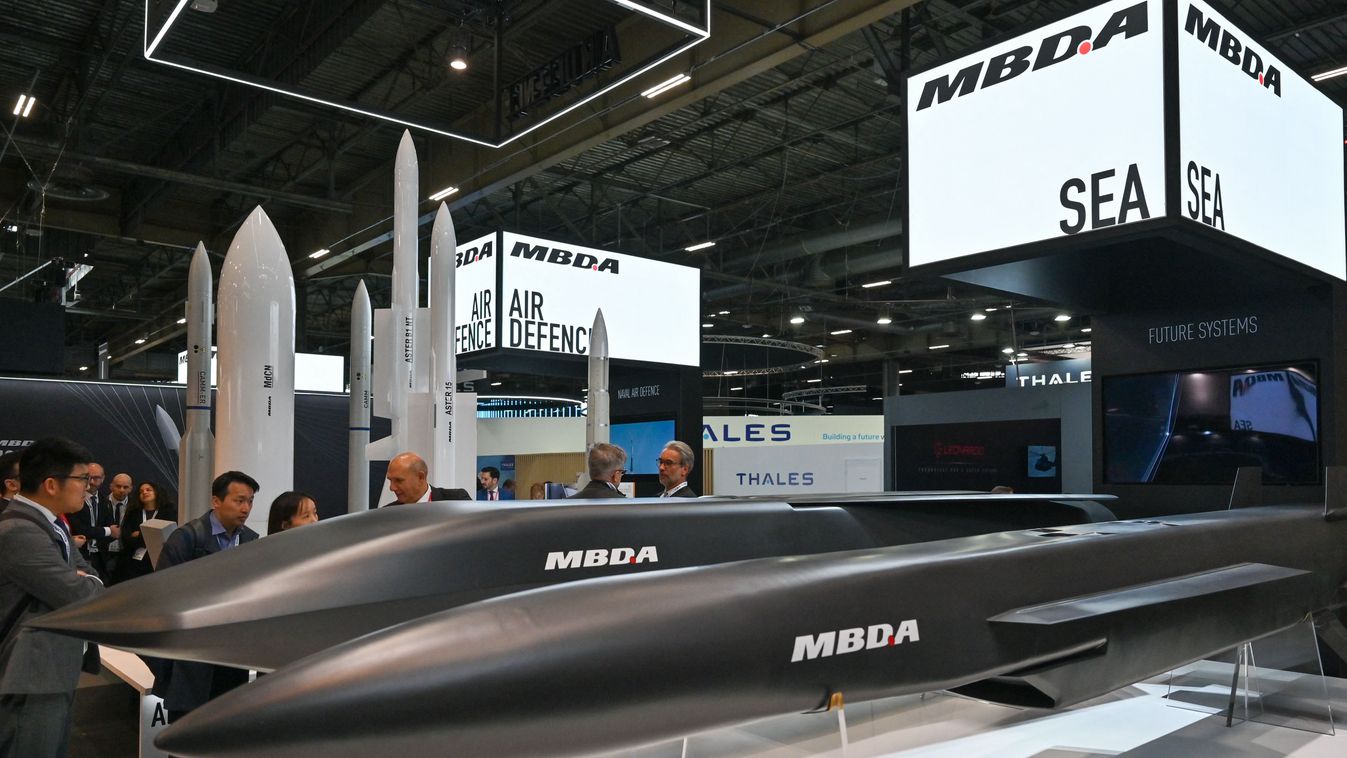

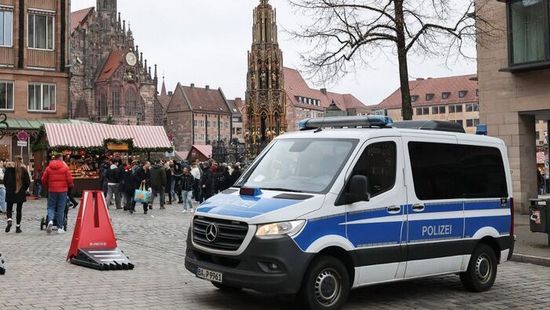
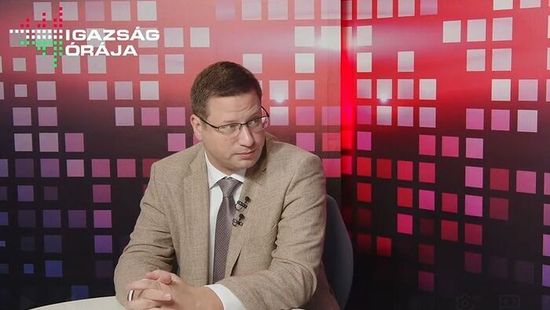
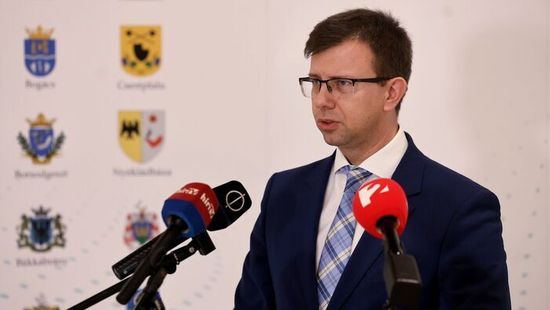


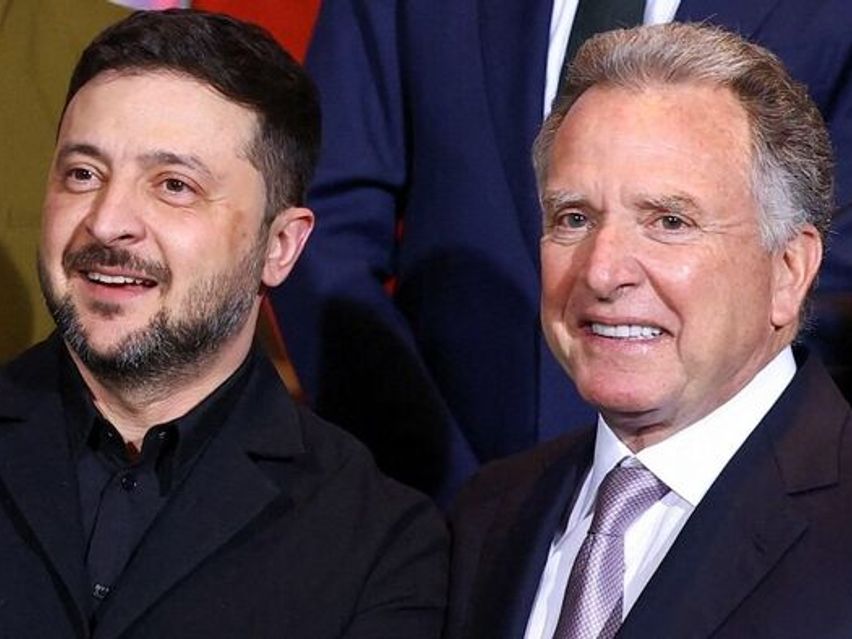

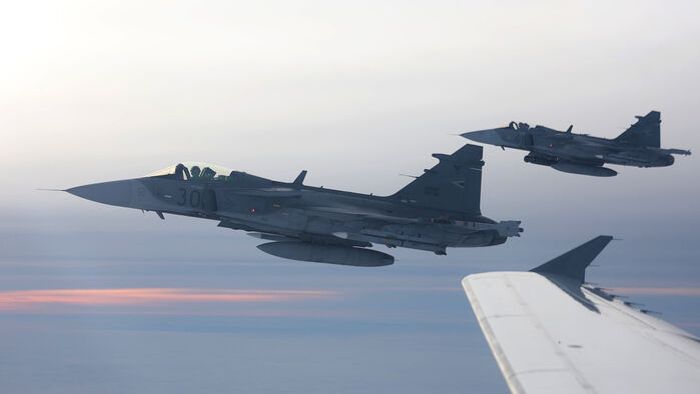






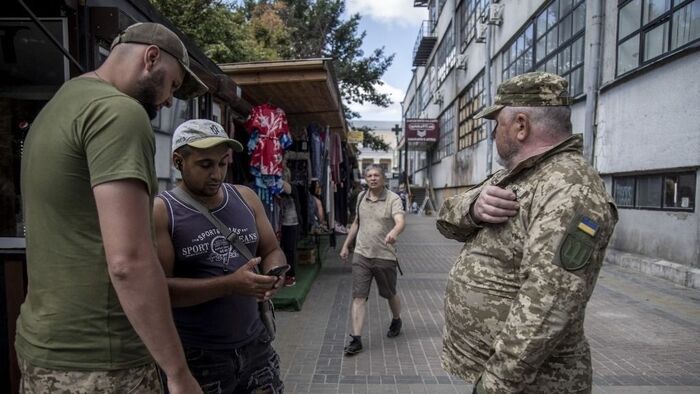
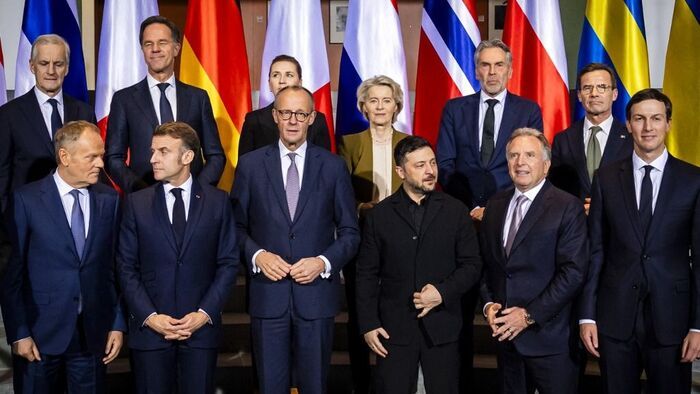

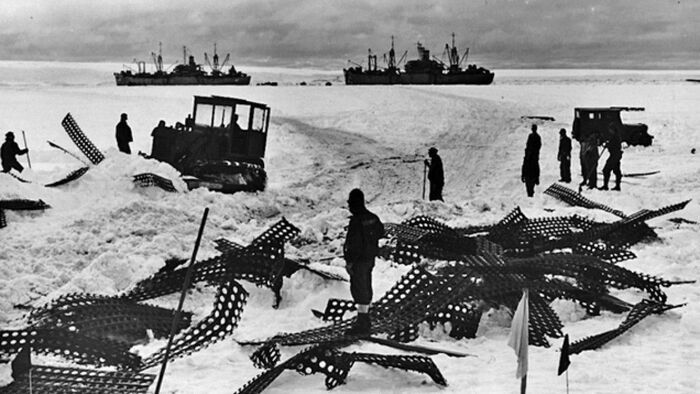
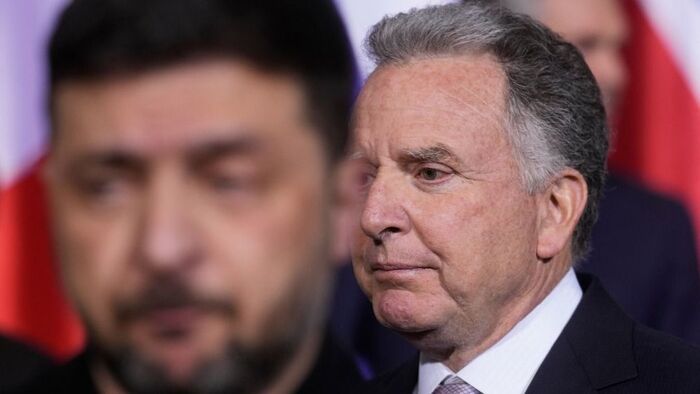
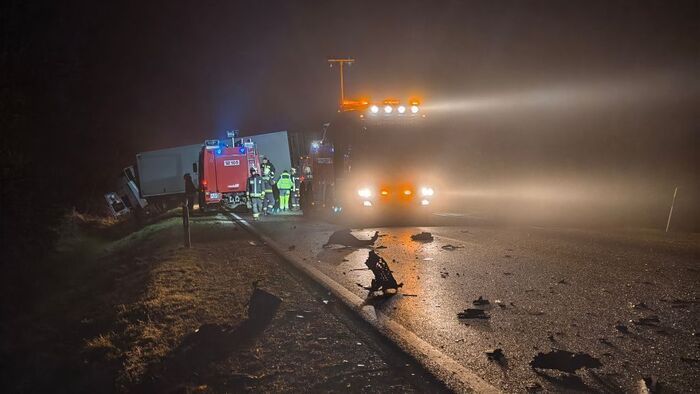

Szóljon hozzá!
Jelenleg csak a hozzászólások egy kis részét látja. Hozzászóláshoz és a további kommentek megtekintéséhez lépjen be, vagy regisztráljon!